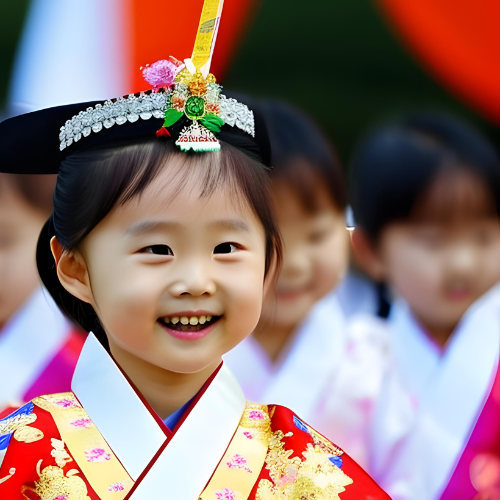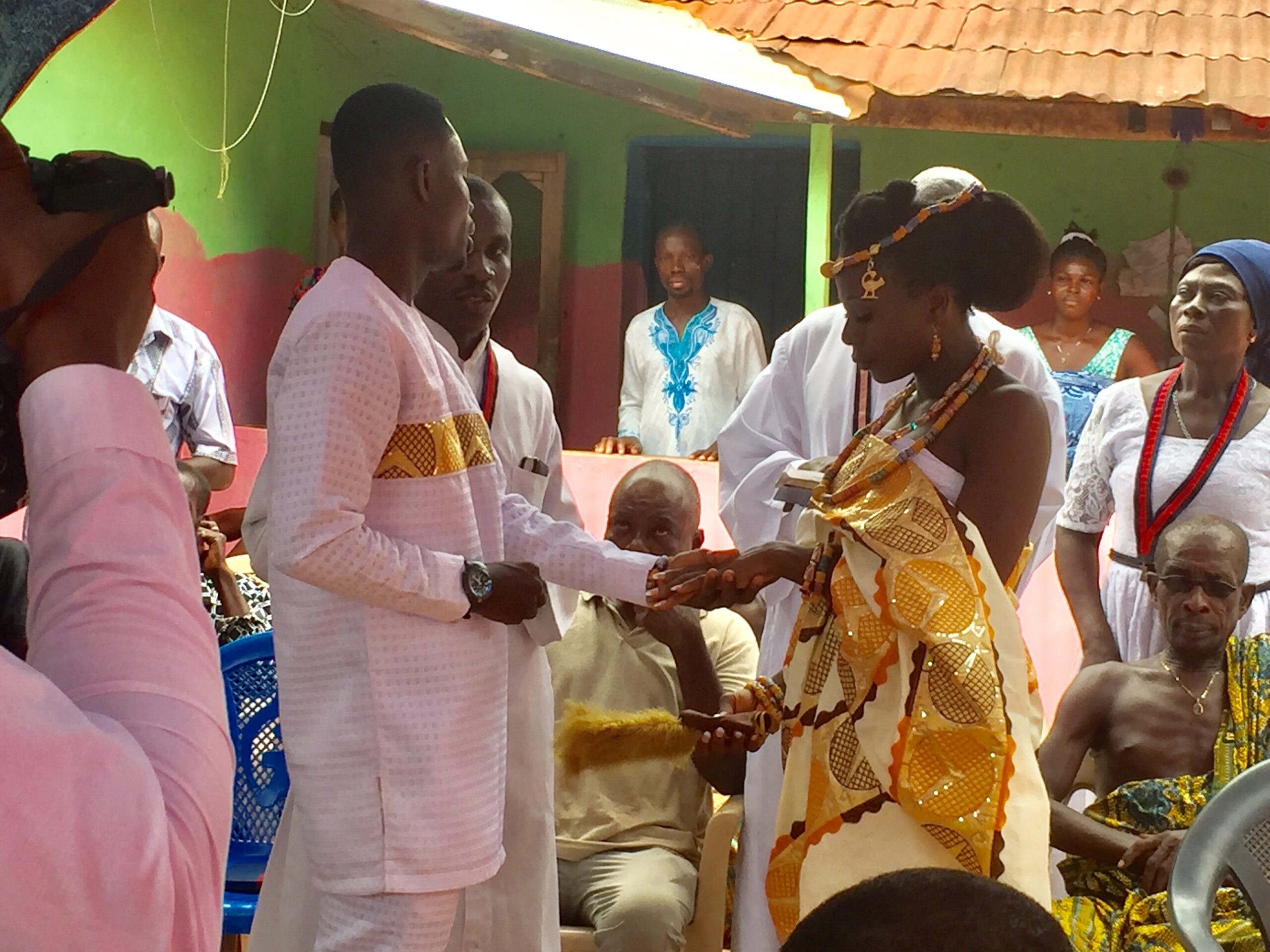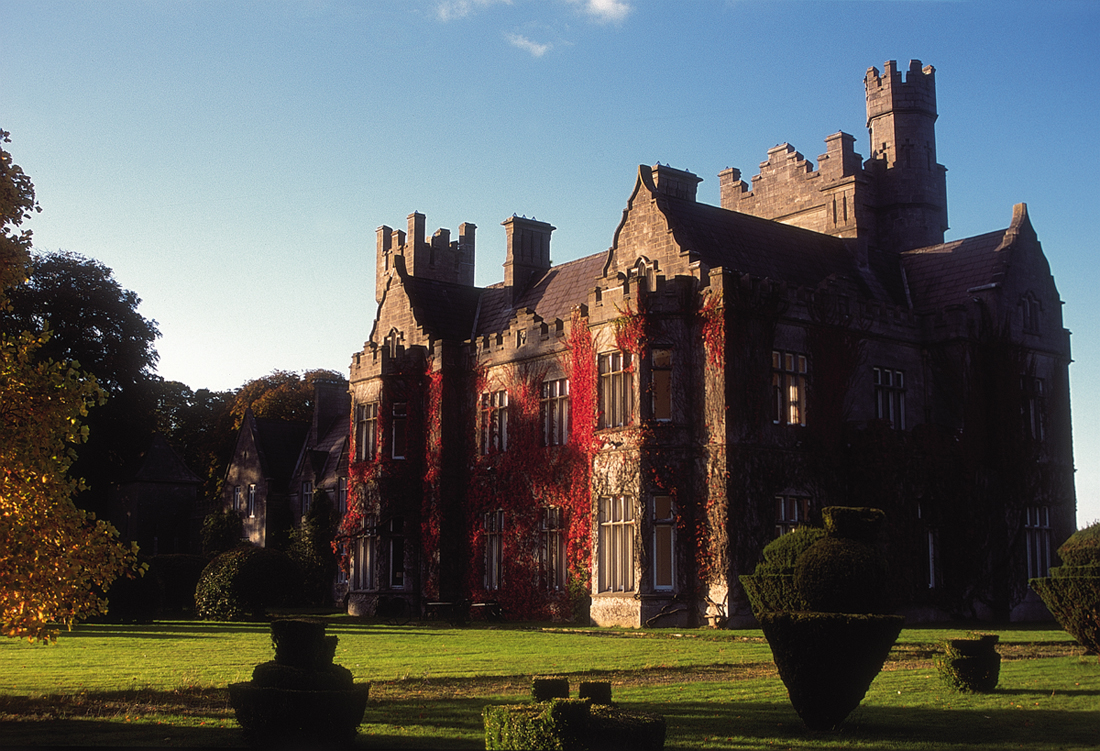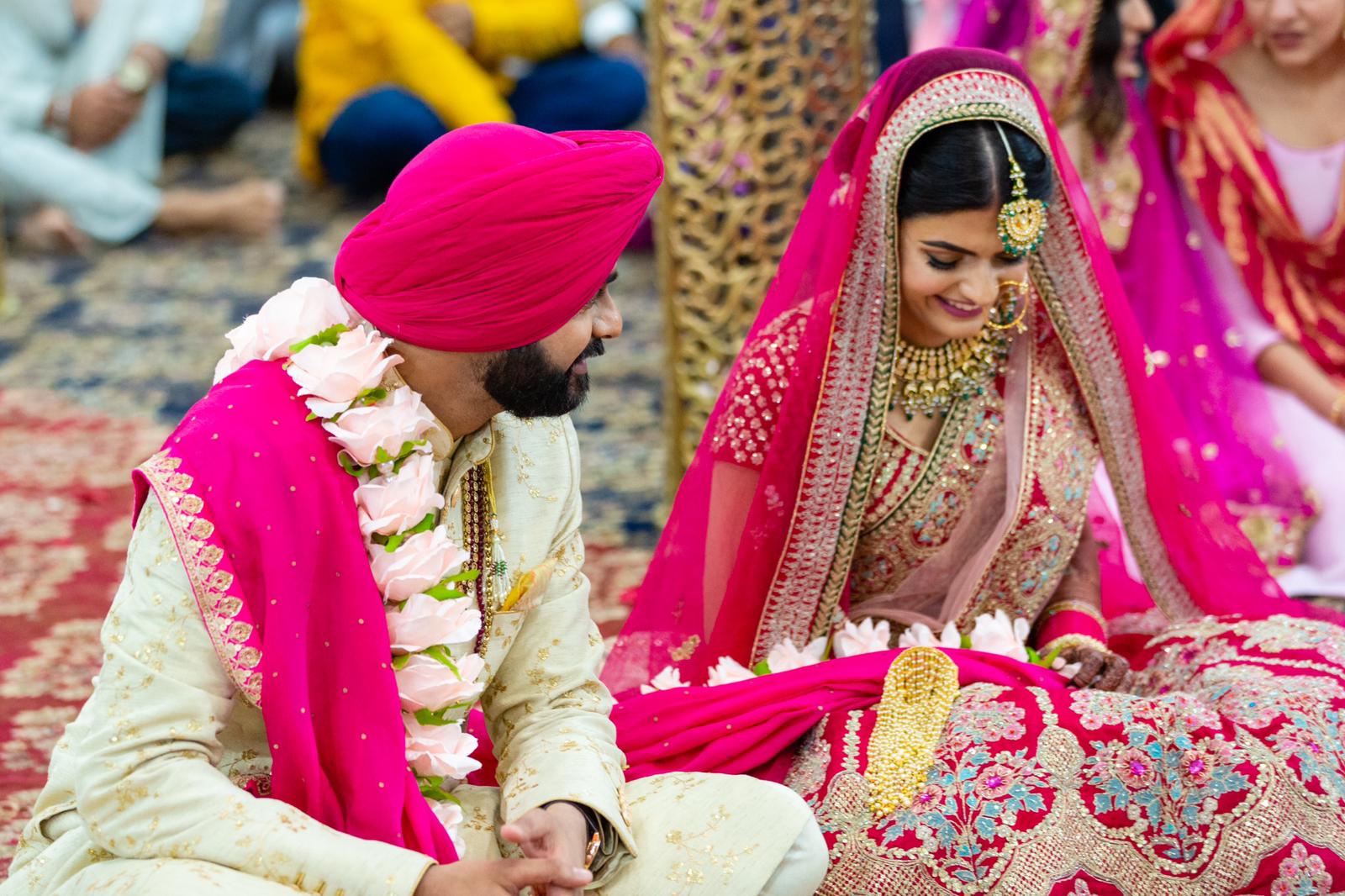Hello and welcome! If you’re here, it’s because you’re curious about or planning to participate in a traditional Korean Paebaek ceremony. This may seem a bit overwhelming at first, given the ceremony’s profound cultural richness and detailed rituals. But worry not! We’ve crafted this comprehensive “Korean Paebaek Ceremony Guide” to help you navigate and appreciate each intricacy of this remarkable event.
Understanding the Importance of the Paebaek Ceremony
The Paebaek ceremony is a significant part of Korean weddings, rooted in centuries of tradition. This private, intimate event usually takes place after the main wedding ceremony and is attended by the couple’s immediate family. Its purpose is to pay respects and show gratitude to their ancestors, a key element of Korean culture. It also solidifies the joining of two families.
During the ceremony, a variety of symbolic items are used, each carrying its distinct meaning. And although the Paebaek may look complicated, understanding its essence can make it feel less daunting. Here’s a fun fact: “Paebaek” literally translates to “bowing twice.” This is a simple but profound act of respect, signaling deference to those who came before us.
The Significance of Hanbok in the Paebaek Ceremony
The Paebaek ceremony is visually stunning and central to this beauty is the hanbok, traditional Korean attire. The couple typically wears elaborate, brightly-colored hanboks, with the bride sometimes donning a wonsam, a royal court dress. These attires, adorned with intricate embroidery, are chosen based on colors believed to represent positive energy and good luck.
Seeing the bride and groom in hanbok signifies a deep connection to their roots, highlighting the respect for cultural traditions. The hanbok’s soft, vibrant hues, along with its regal silhouettes, offer a captivating sight, making the ceremony even more special. Remember, the hanbok isn’t just an outfit; it’s an essential part of the celebration’s tapestry.
Rituals of Paebaek: The Bowing Ceremony
The core ritual in a Paebaek ceremony involves the couple bowing to their parents and elders. It’s a show of respect and gratitude, acknowledging their role in nurturing, educating, and guiding them. The couple performs a deep bow, known as “jeol,” touching their foreheads to the ground. Then, they offer jujube (Korean date) and chestnut, symbolizing children and prosperity, to their parents.
Imagine the moment as a sincere “thank you” from the couple to their parents – an emotional highlight that underscores the bond between generations. The parents, in return, share words of blessing and wisdom for the newlyweds’ future life together.
The Role of Food and Drinks in the Paebaek Ceremony
The Paebaek ceremony isn’t just about rituals and bows; it involves a range of foods and drinks, each with unique symbolism. A central feature is the “pyebaek sang,” a table set with specific food items. Pears and jujubes symbolize children and a good future, while chestnuts represent prosperity. Dried persimmons and red beans ward off evil spirits.
Next, the couple shares a cup of Cheongju, a traditional Korean rice wine. This act signifies the unity and harmony of the newlyweds. So, each food and drink element in the ceremony isn’t arbitrary. Instead, it carries a weight of symbolism, adding depth to the ceremony.
The Tossing of Jujubes and Chestnuts
One of the most enjoyable and memorable parts of the Paebaek ceremony is when the couple’s parents toss jujubes and chestnuts toward the bride, who tries to catch them with her hanbok skirt. The number of jujubes and chestnuts caught symbolizes the number of sons and daughters the couple will have.
It’s a moment of laughter and joy, bringing a light-hearted touch to the otherwise solemn ceremony. This act, symbolizing fertility and the continuation of the family line, is a crowd favorite, often leaving participants with smiles on their faces.
The Piggyback Ride
Following the rituals and feasting, a unique event occurs – the groom gives his bride and then his mother-in-law a piggyback ride. This moment, filled with laughter and cheers, represents the groom’s promise to care for his wife and her family throughout his life.
Imagine the scene: everyone in the room erupts in applause and chuckles as the groom, in his vibrant hanbok, lifts his wife and then his mother-in-law on his back. It’s a delightful, warm moment, reflecting the light-hearted side of this traditional ceremony.
Paebaek as a Family Affair
The Paebaek ceremony underscores the importance of family in Korean culture. Traditionally, the ritual was only for the groom’s family, but in recent years, it has evolved to include the bride’s family too. This change has made the ceremony more inclusive, signifying the joining of two families rather than just the transition of the bride into the groom’s family.
You’ll witness a whirl of emotions, ranging from the elders’ joyous smiles to the couple’s gratitude-filled eyes. It’s a powerful moment that makes you appreciate the bond of family and the love that holds it together.
Paebaek: A Bridge Between Past and Present
What makes the Paebaek ceremony truly special is its role as a cultural bridge between the past and present. By engaging in this ritual, the couple connects with their ancestors, while continuing a tradition that will be passed down to future generations.
By participating in the Paebaek ceremony, you aren’t just observing a ritual; you’re becoming a part of a living legacy. The intricate bows, the symbolism-laden feast, and even the joyous piggyback ride – each aspect keeps you rooted to the past while celebrating the present.
Modern Adaptations of the Paebaek Ceremony
While steeped in tradition, the Paebaek ceremony has evolved to accommodate contemporary sensibilities. Some couples choose to invite all their guests to witness the ceremony, not just their immediate family. They may also incorporate a less formal dress code or mix Western and Korean elements for a unique celebration.
However, the core essence of the Paebaek – respect for elders, gratitude towards ancestors, and the union of two families – remains intact. The ceremony’s adaptability is a testament to its enduring relevance and appeal, proving that traditions can evolve without losing their meaning.
Preparing for Your Own Paebaek Ceremony
Preparation is key when planning your Paebaek ceremony. Take the time to understand the rituals, source the necessary items, and rehearse the bowing procedures. You might also want to hire a professional Paebaek service to ensure everything runs smoothly.
Embrace this journey as an opportunity to connect with a culture steeped in history and symbolism. Remember, every bow, every sip of Cheongju, and every caught jujube isn’t just a ritual act, but a step closer to a rich heritage that is now part of your own story.
Embarking on a Korean Paebaek ceremony can be an enriching, heartwarming experience. It’s an event where the old meets the new, where traditions come alive, and where families are united. With our guide, we hope you’ll navigate this journey with ease and create memories that will last a lifetime.
We welcome any suggestions or questions. You can email us or contact us using the contact page.
You can also connect with us on the following social networks:









0 Comments